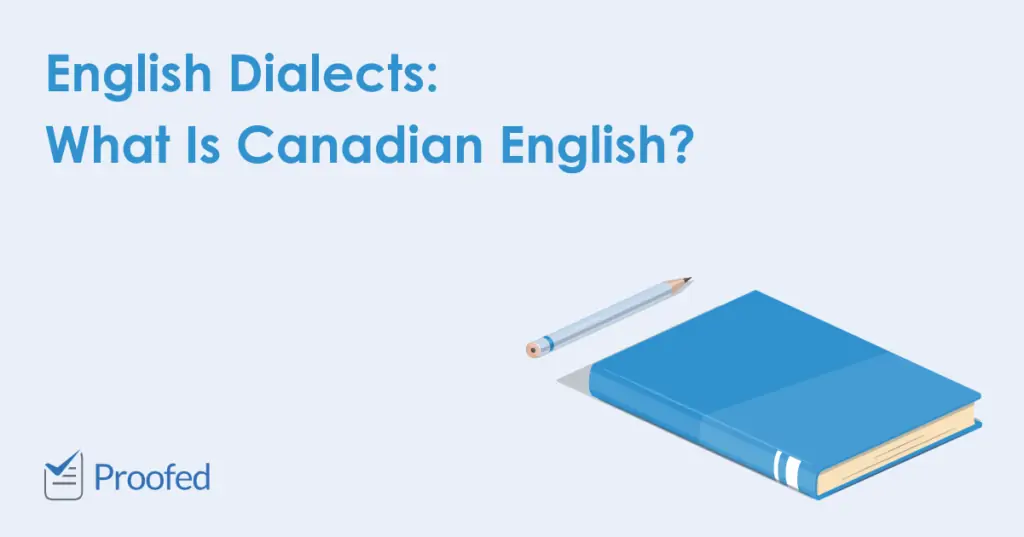Despite the stereotypes, Canadian English is not saying ‘aboot’ instead of ‘about’. It is actually a unique dialect of its own. But how does it differ from British English? And what do you need to know when using Canadian English in your writing? Check out our guide to find out!
What Is Canadian English?
Sometimes abbreviated to CanE, CE or en-CA, Canadian English is one of two official languages in Canada (the other is French, which is the first language of 21.3% of Canadians). It includes a set of English dialects used in Canada, but the most common is Standard Canadian English.
Broadly speaking, Canadian English is a mix of British and American English. This reflects the influence that the US and UK have had on Canada.
For example, Canada is a Commonwealth country, reflecting its historic links to the UK. It therefore uses many UK spellings (e.g. using centre instead of center). But Canada is also neighbours with the US, so it has imported vocabulary from American English (e.g. using truck instead of lorry).
The trick to sounding Canadian, then, is knowing when to use British or American English rules.
Differences Between British and Canadian English
Canadian English follows most British spelling, grammar and punctuation rules. Here, then, we will focus on the differences. These include:
Find this useful?
Subscribe to our newsletter and get writing tips from our editors straight to your inbox.
- Favouring -ize and -yze spellings over -ise and -yse (e.g. organize, analyze)
- Accepting US spellings as variants (e.g. color as a variant of colour)
- Using US spellings for certain words (e.g. aluminum instead of aluminium)
- Using US terms over British ones (e.g. gas instead of petrol)
- Words unique to Canadian English, or Canadianisms, such as garburator (i.e. a waste disposal unit installed under a kitchen sink)
Tips for Using Canadian English in Your Writing
As mentioned above, Canadian and British English are very similar. As such, you can follow the rules of British English most of the time when using Canadian English in your writing.
However, there are cases where Canadian English favours US spellings or terms. There is no strict rule about when this applies, but it is sometimes linked to Canada’s relationship to the US.
For instance, Canadians tend to use US terms and spellings for vehicles (e.g. hood instead of bonnet, or tire instead of tyre). This may be because the US has dominated the Canadian automobile market for so long!
More generally, we have a few tips to follow when using Canadian English:
- If your university or publisher has given you a style guide, check whether it specifies any Canadian spellings or terms.
- Remember that many dialect terms and phrases are informal. For example, while ‘Molson muscle’ is a uniquely Canadian term, you would not use it in formal writing.
- Aim for consistency, even when variant spellings are accepted.
- Check a Canadian dictionary to see whether terms are used in Canada.
- Use a spellchecker. If you are using Microsoft Word, you can do this by going to Review > Language > Set Proofing Language on the ribbon and selecting ‘English (Canada)’.
Finally, don’t forget to have your work proofread! A professional editor will spot issues that most people would miss, so this is the best way to make sure your writing is always error free.



